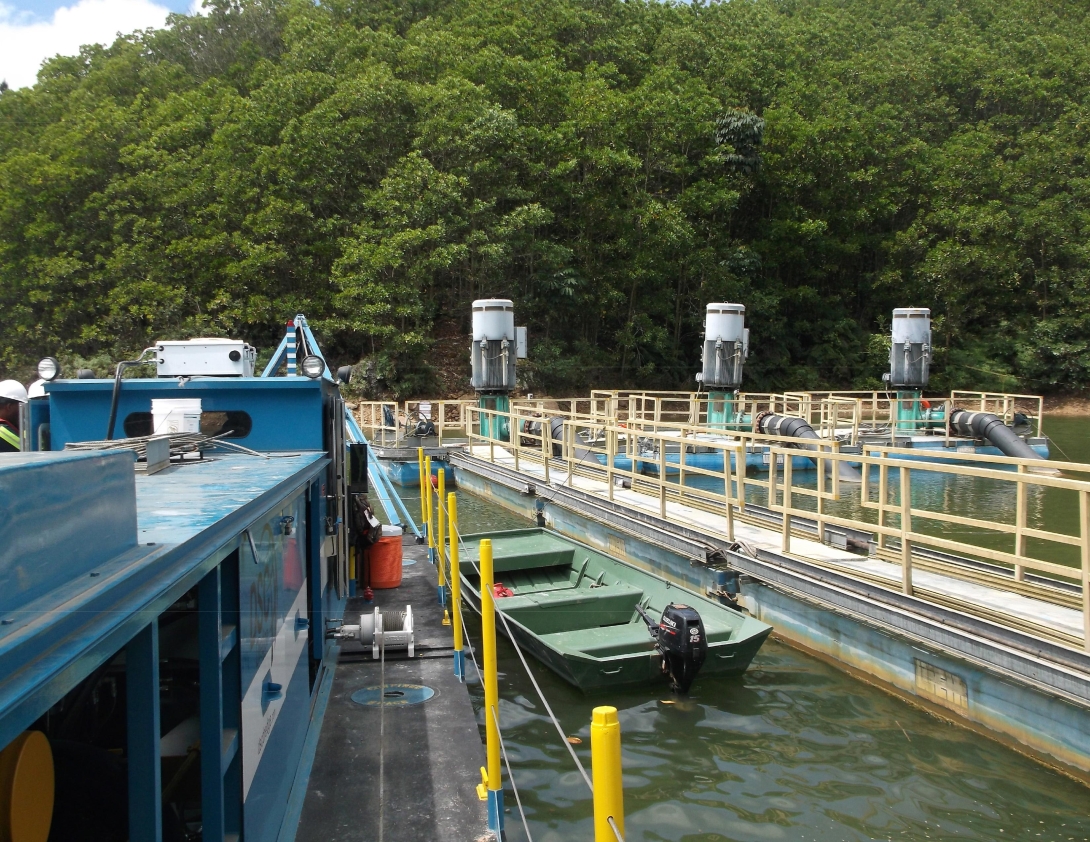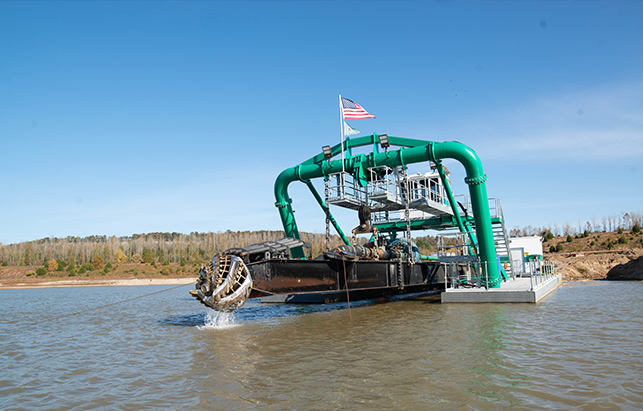The Challenge
Poor mine condition at the time of its acquisition required a drastic cleanup of the area, involving significant remediation of environmental damage left by previous mine operations.
Our Solution
Barrick Gold Corporation is a global company, located on five continents and involved in projects such as mine operation, advancing exploration and project development. The company acquired the mining rights to the largest operation in Pueblo Viejo, in the Sanchez Ramirez Province of the Dominican Republic. The mine was an open-pit operation, which produced minerals such as gold, silver, copper and limestone.
Due to the mine’s condition at the time of its acquisition, Barrick began a wide-scale cleanup of the area, demolishing existing structures and building new state-of-the-art facilities, as well as remediation of significant environmental damage left by the previous mine operation, which closed in 1999. Barrick’s initial efforts included water treatment, restoring the Margajita River’s pH to a level low enough that the waters have returned to their natural color and quality; re-vegetating 3,500 hectares (8,650 acres) of land to prevent soil erosion; and removing 180,000 cubic meters (6.35 million cubic feet) of contaminated soil.
DSC’s Wolverine Class dredge was brought in to help maintain the sediment ponds that prevent additional contamination of the local water system. The mining process at this site begins with buckets of mined material being fed through a screening system that uses water to clean the precious metals as they are reduced. The water that comes into contact with ore stockpiles or waste rock is contained onsite by a series of canals, channels and sediment ponds that hold it until it can be pumped through the facility’s water treatment plant. In addition to contaminated water, small grains of silt and sand have also washed into the sediment ponds, creating buildup, which reduced their capacity for water storage. Each pond measures approximately 150 to 250 meters (500-800 feet) wide and 450 meters (1,500 feet) long. Dredging allows the silt and sand buildup to be regularly removed from the sediment ponds so the ponds can maintain their depth and prevent overflow into surrounding waterways.
Barrick chose DSC’s 68-foot-long Wolverine Class dredge, which is powered by a 440-horsepower Caterpillar C13 ACERT diesel engine. The Wolverine Class can dredge up to 25 feet below the surface and offers a 10-inch discharge configuration, which allows particle clearance of up to 6 inches. The cutterhead, designed with six cast-steel smooth blades, is attached to a variable-speed, reversible, hydraulic cutter motor manufactured by Kawasaki. The dredge pump, a J30 Metso Minerals/Thomas Simplicity series, is rated for 200 feet total discharge head at 4,200 gallons per minute. Five hydraulic winches, rated with a 4,500-pound line pull capacity, are used to swing the dredge, lift the spuds and lift the ladder.






